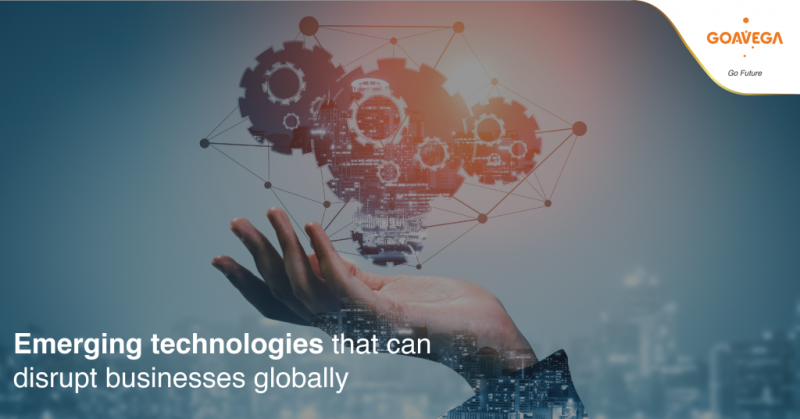
Emerging technologies that can disrupt businesses globally
By Sumana IyengarOn 12 September 2021Now, in the 21st century, as we are experiencing a technology and innovation explosion, the world as our grand parents had lived, has drastically evolved! And we are still not sure how far and how fast we will progress! We are all well aware of how COVID and the resultant Lockdown, has accelerated tech adoption and made concepts, which were earlier a part of science fiction, become a reality! From leveraging emerging tech for personal computing and entertainment to leveraging it to disrupt businesses, across sectors from healthcare, finance, travel, pharma, manufacturing, consulting, logistics and education, we have come a long way.This is particularly noteworthy because while tech adoption opened newer potential for business growth, towards the end of the pandemic, it became a vital operational infrastructure for businesses, making it almost mandatory, to survive in the global, post COVID marketplace.
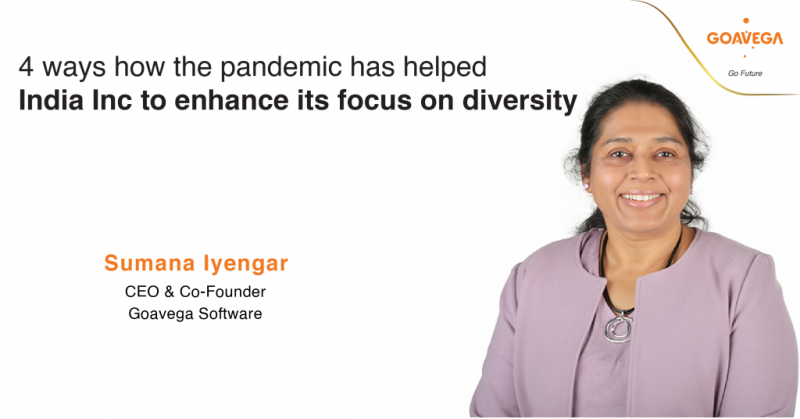
4 ways how the pandemic has helped India Inc to enhance its focus on diversity
By Sumana IyengarOn 08 September 2021While the pandemic has disrupted our way of life and work across sectors, accele ..
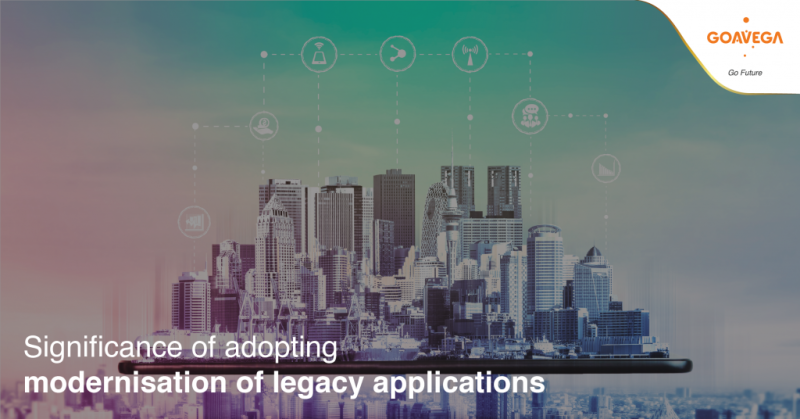
Significance of adopting modernisation of legacy applications
By Sumana IyengarOn 31 August 2021The past two years, dominated by the global pandemic and the lockdown, has accelerated digital adoption and disrupted several businesses. From E-commerce and cashless payments to no contact deliveries, online health consultation and digital classrooms, life as we knew it, has changed! Under such circumstances, when technology adoption has taken giant leaps, a lot of businesses were forced to adopt quickly, and futuristically, given the continued acceleration in tech innovation. Under such circumstances, when resource optimisation and technology adoption have become vital, modernisations of legacy application has emerged as a significant need of the hour.
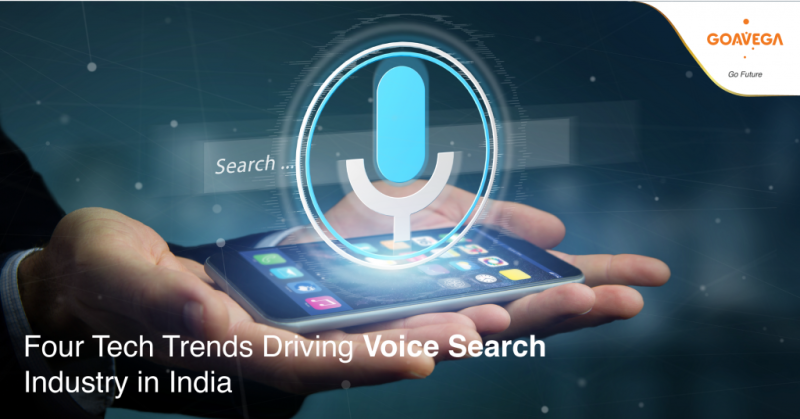
Four Tech Trends Driving Voice Search Industry in India
By Sachin NigamOn 23 August 2021The accelerated rise in tech adoption across both, business and consumer platforms, especially due to the COVID pandemic, there have been several tech innovations in the realm of no-contact interactions. Voice search and assistance has been one such technology interface that has witnessed a rapid acceptance and growth.
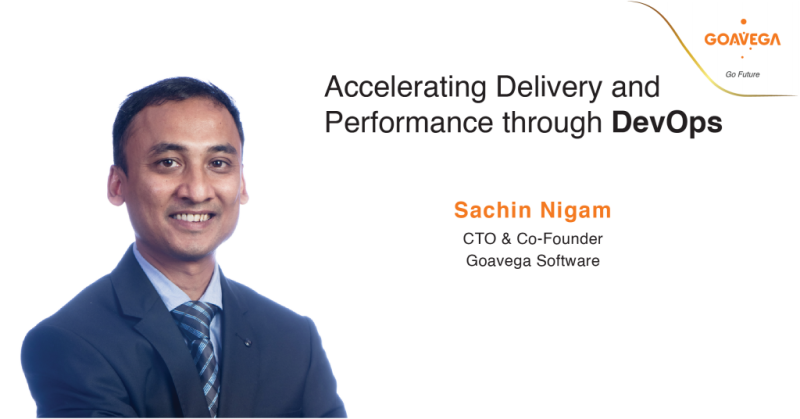
Accelerating Delivery and Performance through DevOps
By Sachin NigamOn 12 August 2021With the rapid technology innovation and adoption across sectors, there has been a rising need for streamlining and upgrading the product development lifecycle, so as to cut costs, enhance efficiency and create agile processes for scale and reach. Under these circumstances, an approach termed as ‘DevOps’ has been disrupting the product development ecosystem, bringing in a new synergy. As a term coined from the combination of ‘development’ and ‘operations’, DevOps is much more than a technology and refers to the collaboration of the IT operations and product/ app development efforts. This arrangement ensures that there is a complete alignment of software expectation with the stakeholders, and the end product perfectly meets client requirements, and can be implemented almost immediately. With varied benefits that practically solve several problems with one solution, the DevOps approach has been showcasing extremely promising results!

How can the manufacturing industry leverage cloud computing?
By Sachin NigamOn 12 August 2021Cloud Computing has become the focal point for driving today’s industries, through the use of advanced technologies like AI, ML, Blockchain, Voice Recognition, Big Data Analytics, and geoprocessing. In just a few years’ time, it has become the top priority of every organization and the pandemic has increased this need manifold. Though many industries like IT, Finance, and e-commerce have already been using cloud-based products and services for a long time and are reaping the benefits, there are still some sectors that are yet to fully utilize the capabilities of cloud computing – the manufacturing Industry being one of them. According to Nasscom, the amount companies spending on cloud computing is expected to reach $7 billion by 2022, which is a 30% growth each year. And when it comes to specifically the manufacturing sector, another report by Market research future states that the cloud manufacturing market is expected to reach $111.90 billion by 2024. These numbers are a testament to the growing demand and fast adoption of cloud computing in the manufacturing sector.
